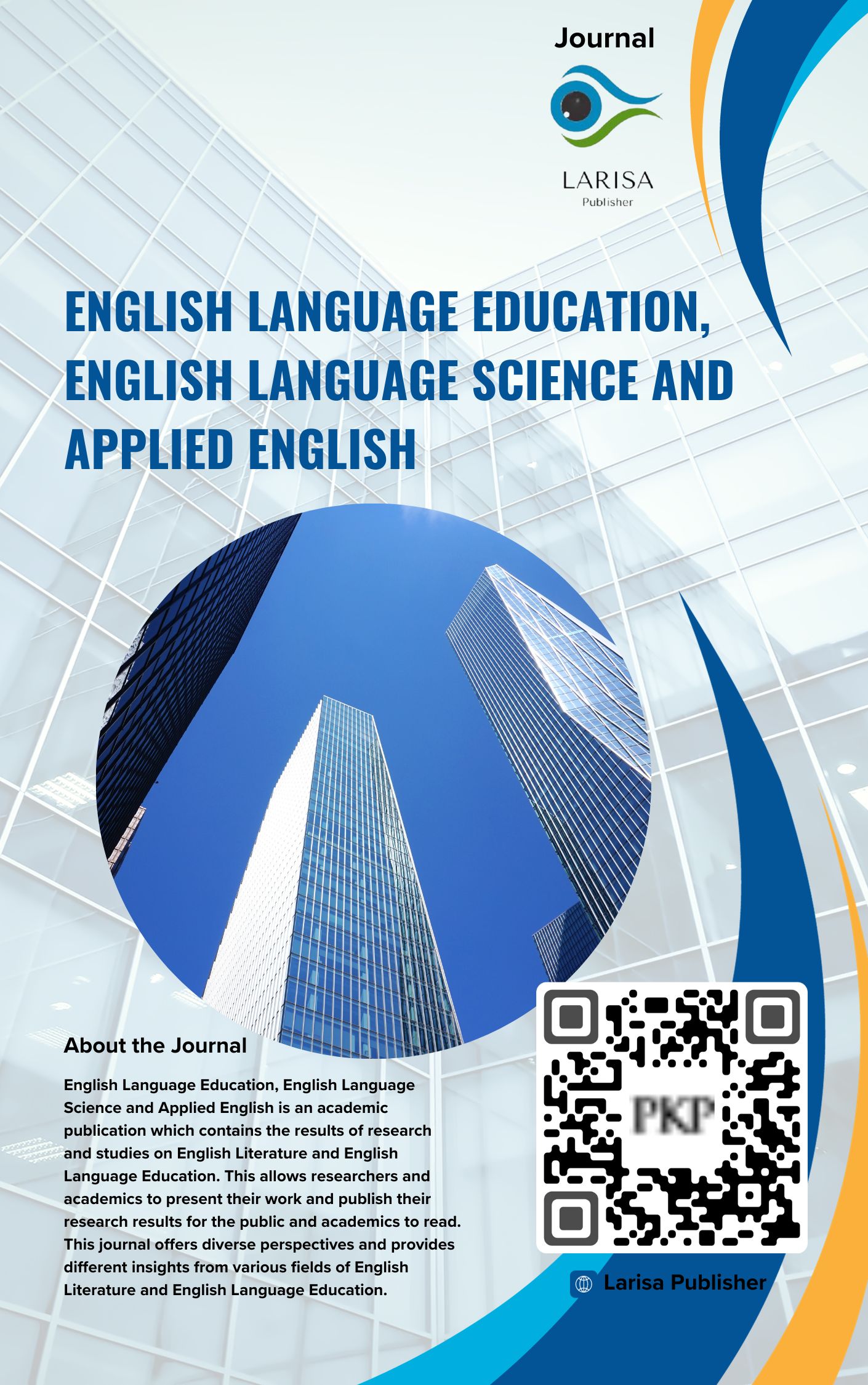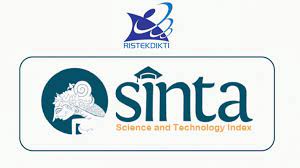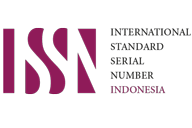Komunikasi Lintas Budaya Antara Wisatawan Asing Dengan Warga Lokal Di Bukit Lawang
Kata Kunci:
komunikasi lintas budaya, bukit lawang, turis asing, penduduk lokalAbstrak
Di kawasan wisata Bukit Lawang, Sumatera Utara, penduduk lokal dan wisatawan asing berkomunikasi satu sama lain. Seringkali, wisatwan asing hanya menetap beberapa hari setelah pulang ke negaranya, kemudian kembali ke tempat ini dan bertahan lama. Kemakmuran ekonomi masyarakat setempat ditingkatkan oleh kedatangan wisatawan asing. Namun, budaya asing yang dibawa wisatawan asing kadang-kadang menimbulkan masalah bagi masyarakat. Wisatawan yang menetap di tempat baru cenderung mengalami shock budaya atau kultur. Studi ini dilakukan menggunakan metode kualitatif melalui wawancara mendalam. Hasil penelitian menunjukkan bahwa perbedaan budaya, bahasa, dan kebiasaan sehari-hari menjadi kendala utama dalam interaksi antara warga dan wisatawan asing. Wisatawan perlu menggunakan bahasa dan komunikasi yang efektif untuk mengatasi perbedaan budaya.
Unduhan
Referensi
Aghaei, M., Parezzan, F., Dimiccoli, M., Radeva, P., & Cristani, M. (2017, May). Clothing and people-a social signal processing perspective. In 2017 12th IEEE International Conference on Automatic Face & Gesture Recognition (FG 2017) (pp. 532-537). IEEE. https://doi.org/10.1109/FG.2017.71
Anastacia, A., Purbasari, M., & Jenny Basiroen, V. (2022, April 1). User Interface (UI) Design as A Visual Comunication Medium for Composting Waste Management Education. IJVCDC (Indonesian Journal of Visual Culture, Design, and Cinema), 1(1), 38–54. https://doi.org/10.21512/ijvcdc.v1i1.8253
Alan Fine, G., & Hallett, T. (2014, August 12). Stranger and stranger: creating theory through ethnographic distance and authority. Journal of Organizational Ethnography, 3(2), 188–203. https://doi.org/10.1108/joe-07-2013-0015.
Anastacia, A., Purbasari, M., & Jenny Basiroen, V. (2022, April 1). User Interface (UI) Design as A Visual Comunication Medium for Composting Waste Management Education. IJVCDC (Indonesian Journal of Visual Culture, Design, and Cinema), 1(1), 38–54. https://doi.org/10.21512/ijvcdc.v1i1.8253
Abdelkader, H. M. (2018, July 16). Comunication Skill and Consent Form in Orthodontics. Biomedical Journal of Scientific & Technical Research, 6(5). https://doi.org/10.26717/bjstr.2018.06.001419
Adel Helmy, M. (2017, April 7). Autogenous Closure of Oroantral Comunication: Different Surgical Approaches. Global Journal of Otolaryngology, 6(3). https://doi.org/10.19080/gjo.2017.06.555689
Boelens, H. (2021, March 4). The “We” feeling: Cross-border, cross-language, cross-culture co-operation amongst school librarians who work in Europe. IASL Annual Conference Proceedings. https://doi.org/10.29173/iasl7942
Breen, E. (2021, June). Striving for better comunication - an audit. BJPsych Open, 7(S1), S10–S10. https://doi.org/10.1192/bjo.2021.86
Brown, D. L. (2016). She Never Met a Stranger—Death is No Stranger. Narrative Inquiry in Bioethics, 6(2), e4–e7. https://doi.org/10.1353/nib.2016.0003
Byung-Sung Baeck. (2014, June). The Resident-Centered Approaches for Vitalizing the Local Security Council. 치안정책연구, 28(1), 207–243. https://doi.org/10.35147/knpsi.2014.28.1.207
Behar, C. (2013, July 8). Utilising resident feedback to inform energy-saving interventions at the Barbican. Local Environment, 19(5), 539–559. https://doi.org/10.1080/13549839.2013.810205
Cawasjee, S. (2023, February 28). Poetics of the stranger. Psyke & Logos, 14(2). https://doi.org/10.7146/pl.v14i2.135863
Castro, A. F. H. (2013). Antigone Claimed: “I Am a Stranger!” Political Theory and the Figure of the Stranger. Hypatia, 28(2), 307–322. https://doi.org/10.1111/hypa.12021
Duizenberg, M. R. (2020). Linguistics landscape: A cross culture perspective. Linguistics and Culture Review, 4(1). https://doi.org/10.37028/lingcure.v4n1.17
Daniel, M., & Carroll, R. (2015, October). Once a Stranger, Always a Stranger? Immigration, Assimilation, and the Book of Ruth. International Bulletin of Missionary Research, 39(4), 185–188. https://doi.org/10.1177/239693931503900405
Fatmasari, F., & Nurdiana, N. (2022, November 29). EFFECT OF INTERPERSONAL COMUNICATION, REWARD, AND PUNISHMENT ON PERFORMANCE OF EMPLOYEES. SIMAK, 20(02), 213–228. https://doi.org/10.35129/simak.v20i02.368
Fassin, D. (2013, August). The stranger and the enemy: comment on Clara Han’s essay. Social Anthropology, 21(3), 385–386. https://doi.org/10.1111/1469-8676.12037
Galway, M. (2017). From Revolutionary Culture to Original Culture and Back: “On New Democracy” and the Kampucheanization of Marxism-Leninism, 1940–1965. Cross-Currents: East Asian History and Culture Review, 6(2), 639–667. https://doi.org/10.1353/ach.2017.0022
Greene, M. (2016). The Game People Played: Mahjong in Modern Chinese Society and Culture. Cross-Currents: East Asian History and Culture Review, 5(1), 1–27. https://doi.org/10.1353/ach.2016.0001
Ginting, N., & Narisa, N. (2019, May 31). Perencanaan Promenade untuk Pariwisata Berkelanjutan di Bukit Lawang. Talenta Conference Series: Energy and Engineering (EE), 2(1). https://doi.org/10.32734/ee.v2i1.406
Hoogendoorn, G., & Hammett, D. (2020, January 16). Resident tourists and the local “other.” Tourism Geographies, 23(5–6), 1021–1039. https://doi.org/10.1080/14616688.2020.1713882
Jaegyeu Kang. (2016, February). Local Government and Resident Participation - Focused on Resident Participation in the Form of Deliberative Democracy -. Public Law Journal, 17(1), 103–142. https://doi.org/10.31779/plj.17.1.201602.004
Kishanlal M*, S. M., & A, D. (2020, February 28). Future Generation Optical Network for Wired and Wireless Networks Based on OFDM using a Comb Source. International Journal of Innovative Technology and Exploring Engineering, 4(9), 1140–1146. https://doi.org/10.35940/ijitee.l3485.029420
Mou, B. (2023, June 21). Cross-Tradition Philosophical Engagement and Cross-Culture Dialogue: From a Holistic Vantage Point with Enhanced Explanatory Resources. Culture and Dialogue, 11(1), 122–149. https://doi.org/10.1163/24683949-12340131
Olejniczak, A. (2016). Comunication in intercultural environment. Studia I Prace WNEiZ, 44, 75–86. https://doi.org/10.18276/sip.2016.44/3-06
Rawlins, L. S. (2017). Stranger and Stranger. Departures in Critical Qualitative Research, 6(4), 87–110. https://doi.org/10.1525/dcqr.2017.6.4.87
Rossi, J., Woods, T., & Davis, A. (2020, July 2). Resident perspectives on local food system performance and development priorities: A pilot analysis of the local food vitality index. Local Development & Society, 1(2), 116–139. https://doi.org/10.1080/26883597.2020.1854037
Sang Ki Chung. (2018, February). Local Suffrage and Legal Protection of Resident Foreigners. 과학기술법연구, 24(1), 221–261. https://doi.org/10.32430/ilst.2018.24.1.221
The Inside Outsiders in the Stranger and Day. (2023). American Research Journal of Humanities and Social Sciences, 9(1). https://doi.org/10.21694/2378-7031.23015
Tran, C. T. D., & Dollery, B. (2021, September 12). Administrative intensity and local resident satisfaction in Victorian local government. Public Administration, 101(1), 318–334. https://doi.org/10.1111/padm.12784
Watts, J., & Warrick, S. (2018, January 1). Integrating Local Community Global Health Experiences into Resident Education. Pediatrics, 141(1_MeetingAbstract), 468–468. https://doi.org/10.1542/peds.141.1ma5.468
Unduhan
Diterbitkan
Terbitan
Bagian
Lisensi

Artikel ini berlisensiCreative Commons Attribution-ShareAlike 4.0 International License.
Lisensi
Lisensi Creative Commons
Jurnal di publikasi oleh English Language Education, English Language Science and Applied English berlisensi Creative Commons Attribution-ShareAlike 4.0 International License
Anda bebas untuk:
Bagikan — menyalin dan mendistribusikan ulang materi dalam media atau format apa pun
Beradaptasi — remix, ubah, dan kembangkan materi untuk tujuan apa pun, bahkan secara komersial
Di bawah ketentuan berikut:
Atribusi — Anda harus memberikan kredit yang sesuai, memberikan tautan ke lisensi, dan menunjukkan jika ada perubahan. Anda dapat melakukannya dengan cara apa pun yang wajar, tetapi tidak dengan cara apa pun yang menunjukkan bahwa pemberi lisensi mendukung Anda atau penggunaan Anda.
Berbagi Serupa — Jika Anda mencampur, mengubah, atau membuat berdasarkan materi, Anda harus mendistribusikan kontribusi Anda di bawah lisensi yang sama seperti aslinya
Tidak ada batasan tambahan — Anda tidak boleh menerapkan ketentuan hukum atau tindakan teknologi yang secara hukum membatasi orang lain untuk melakukan apa pun yang diizinkan oleh lisensi














